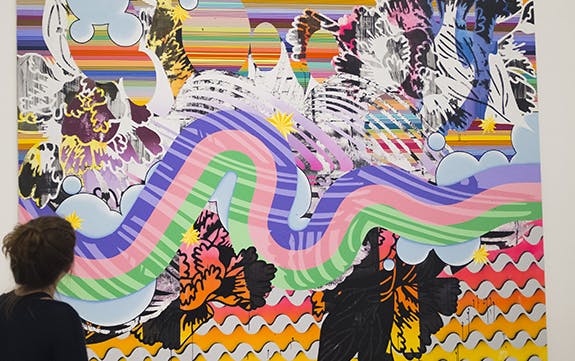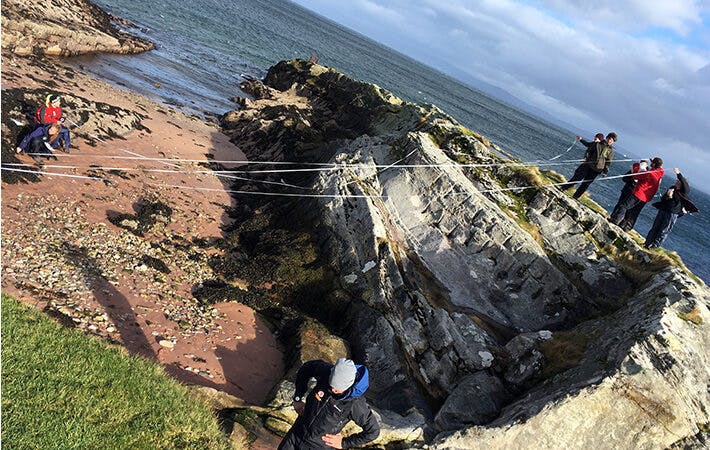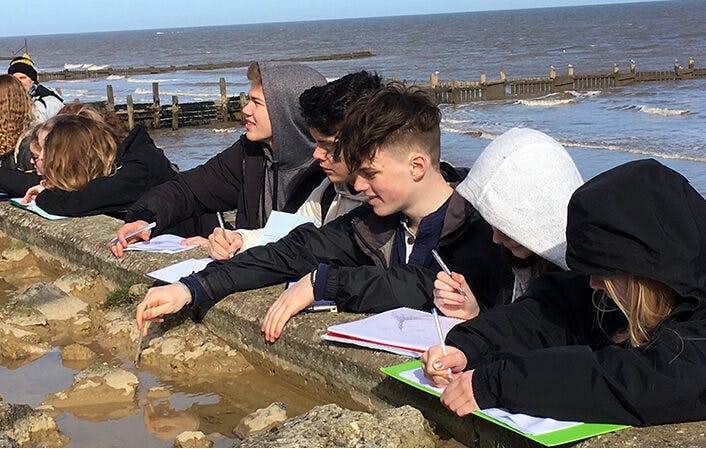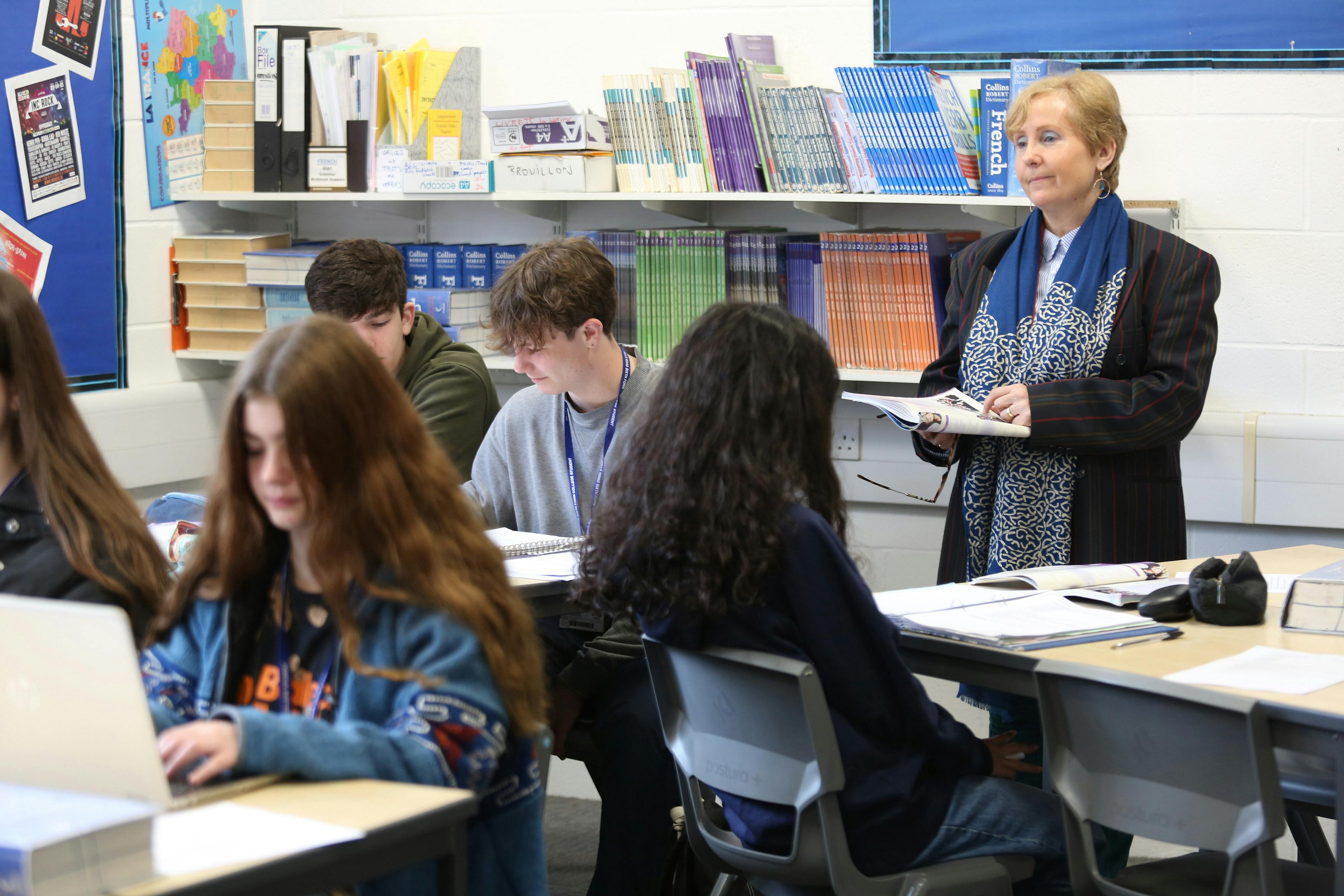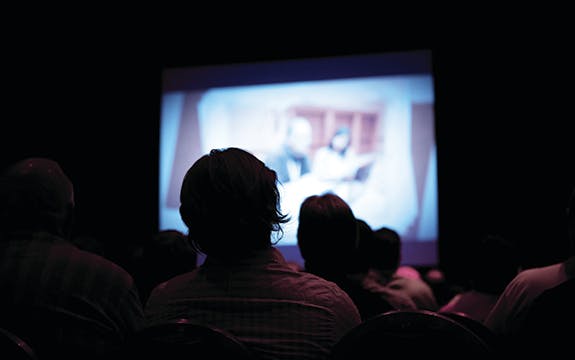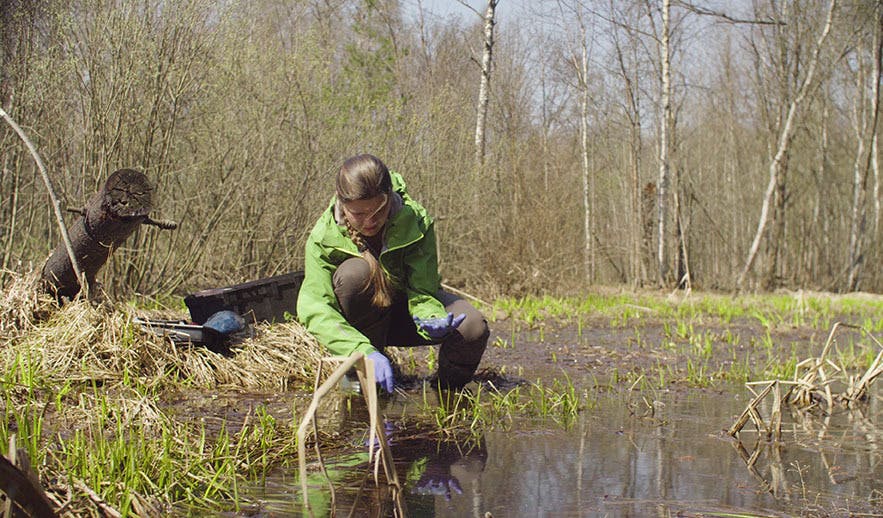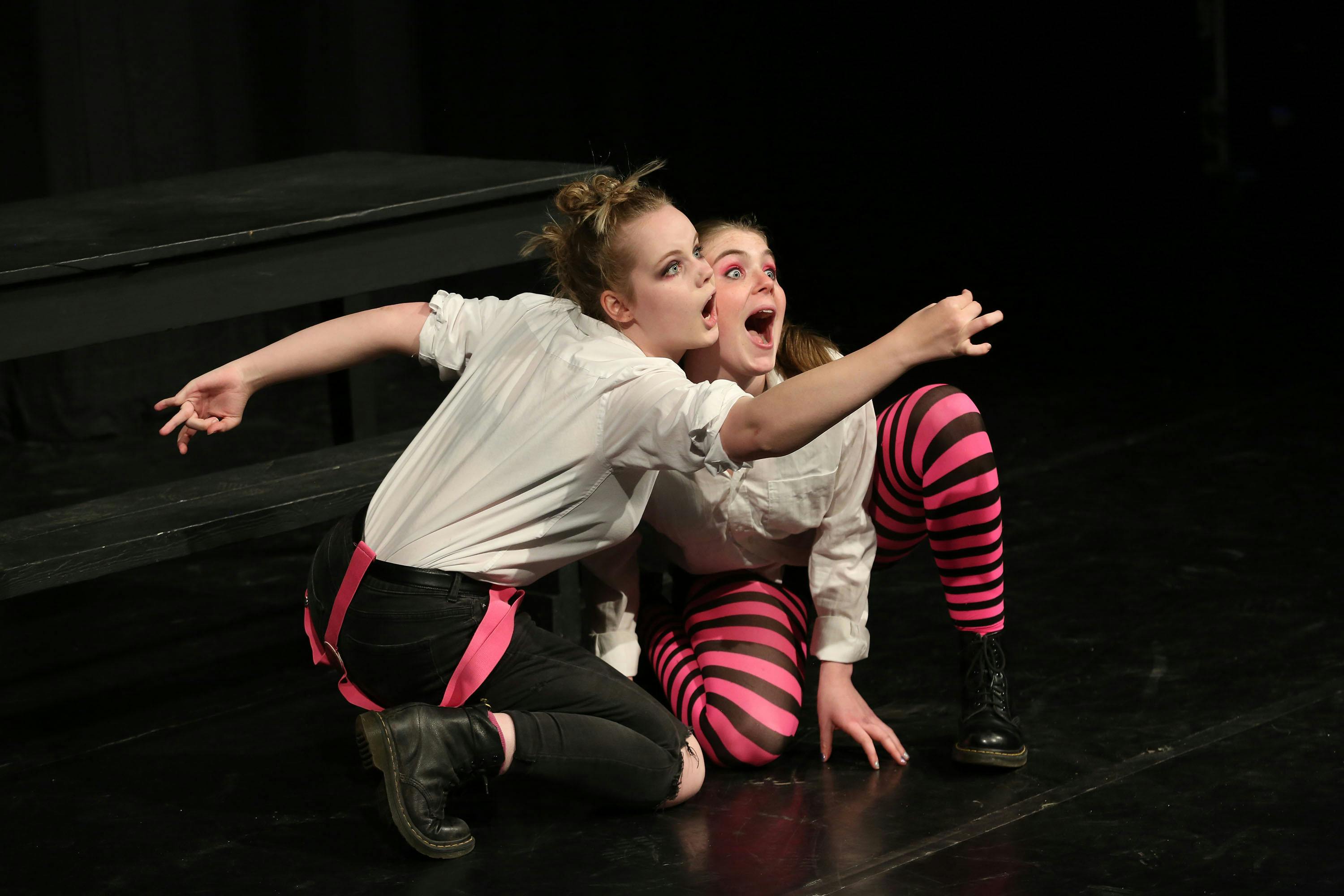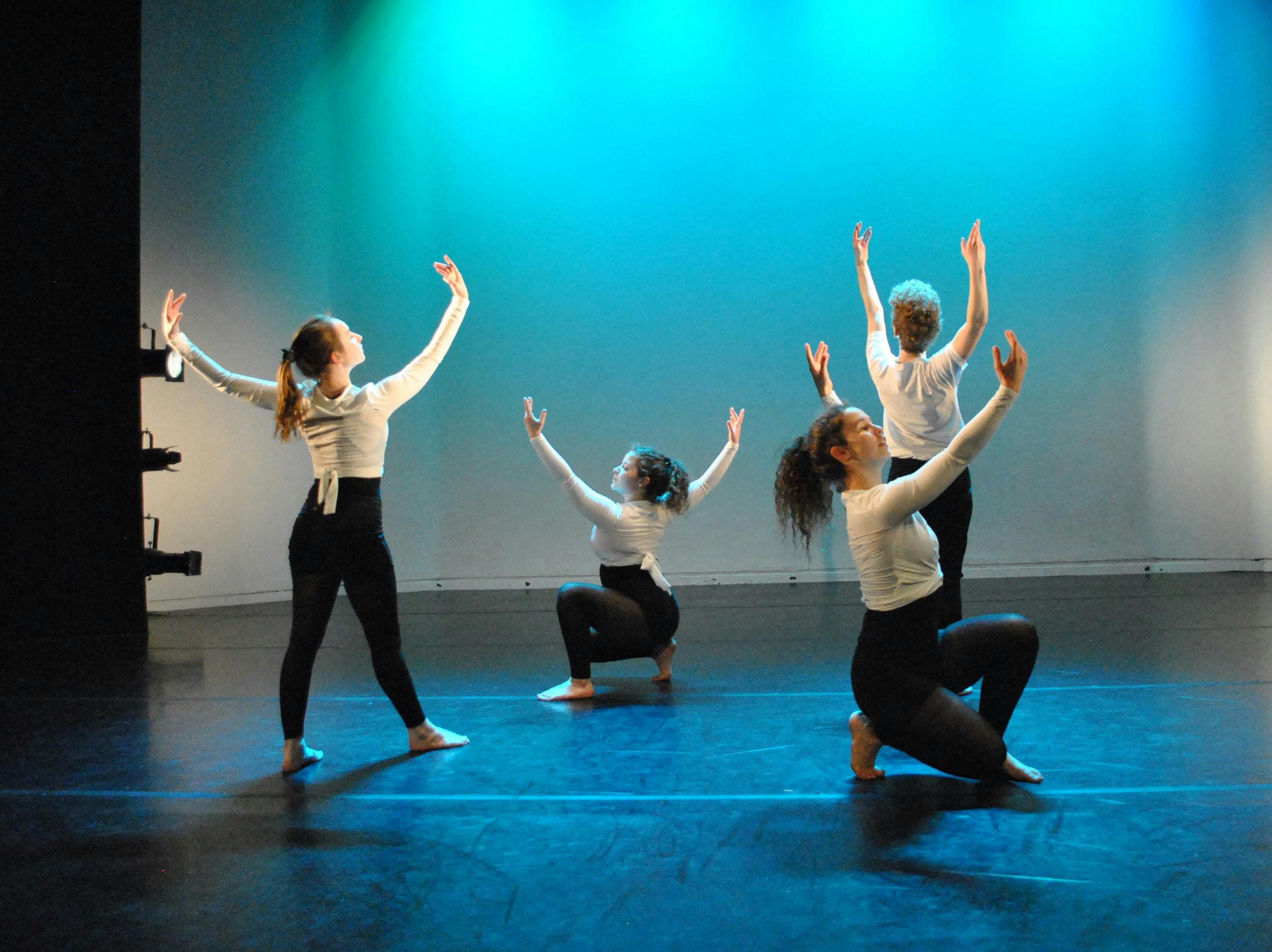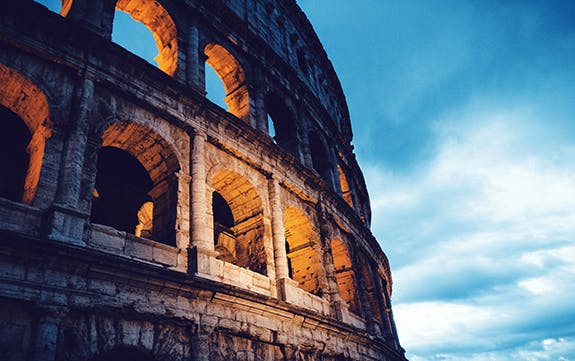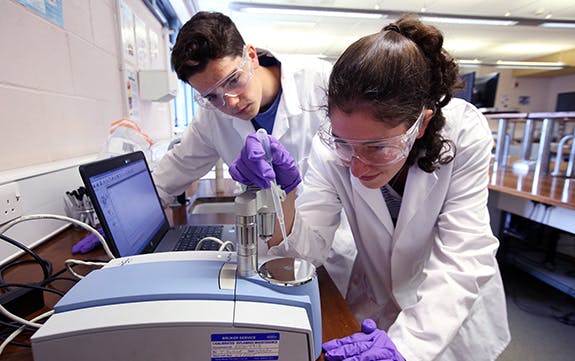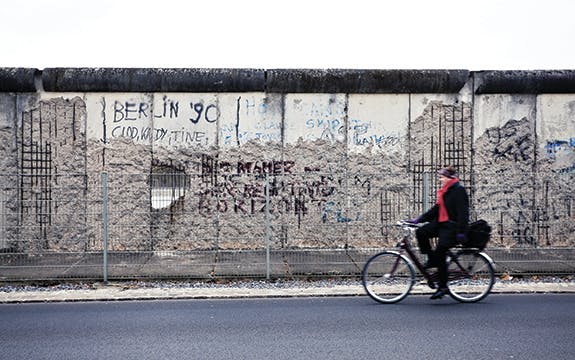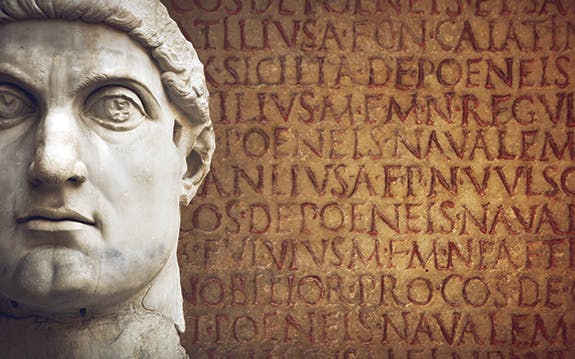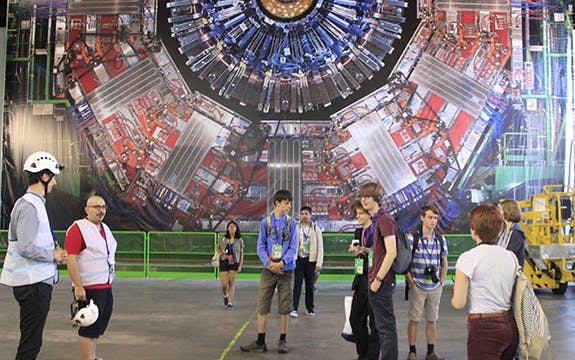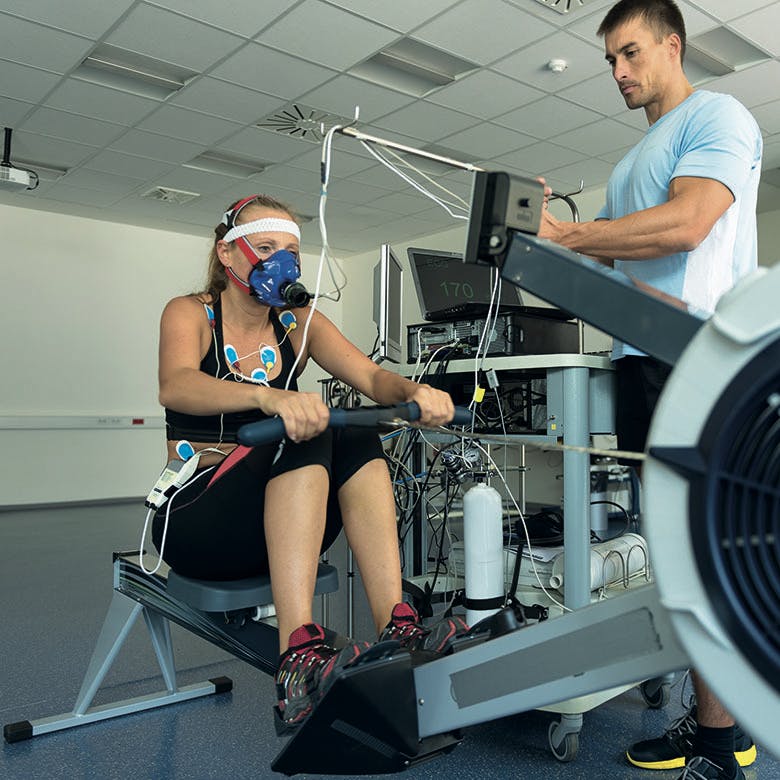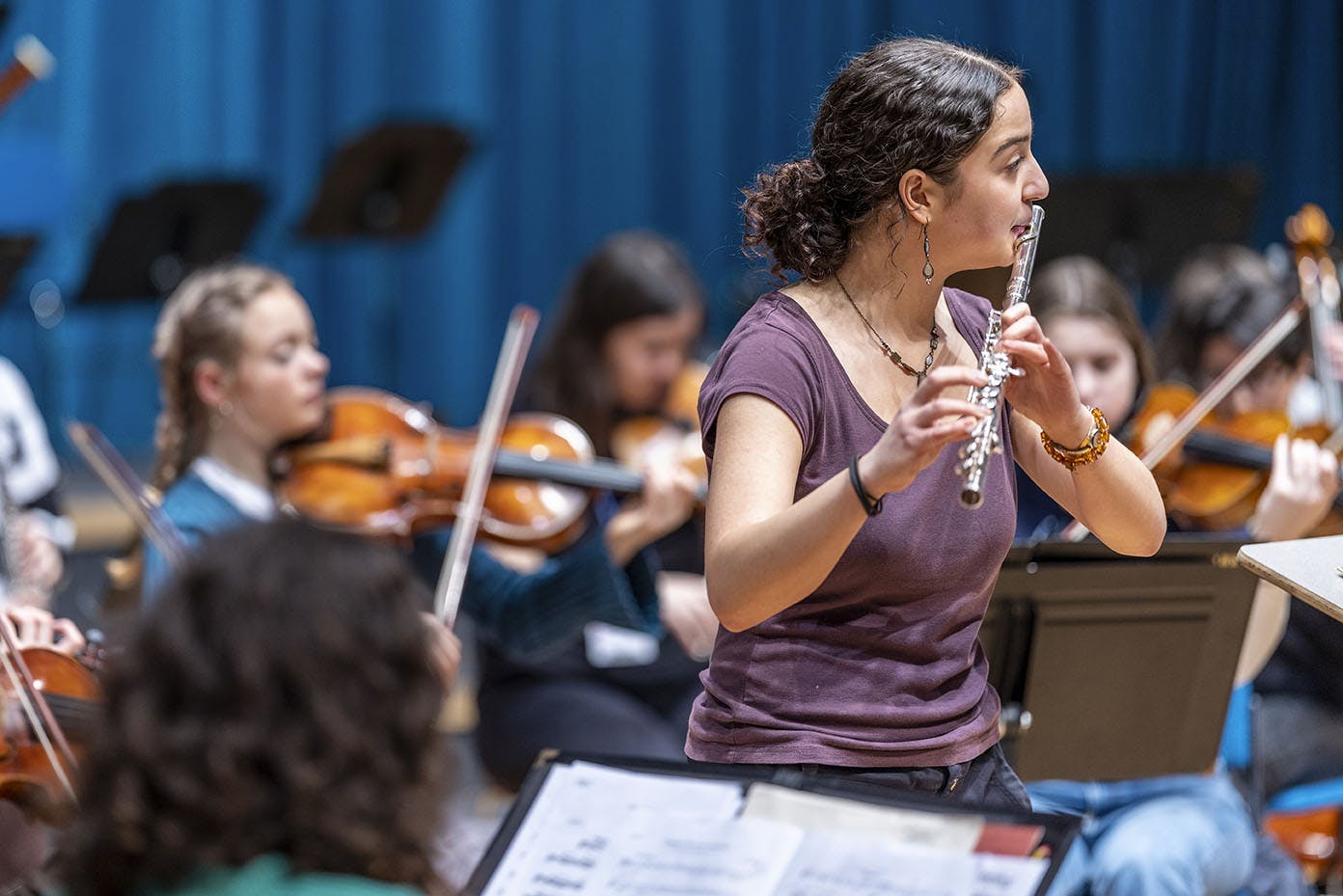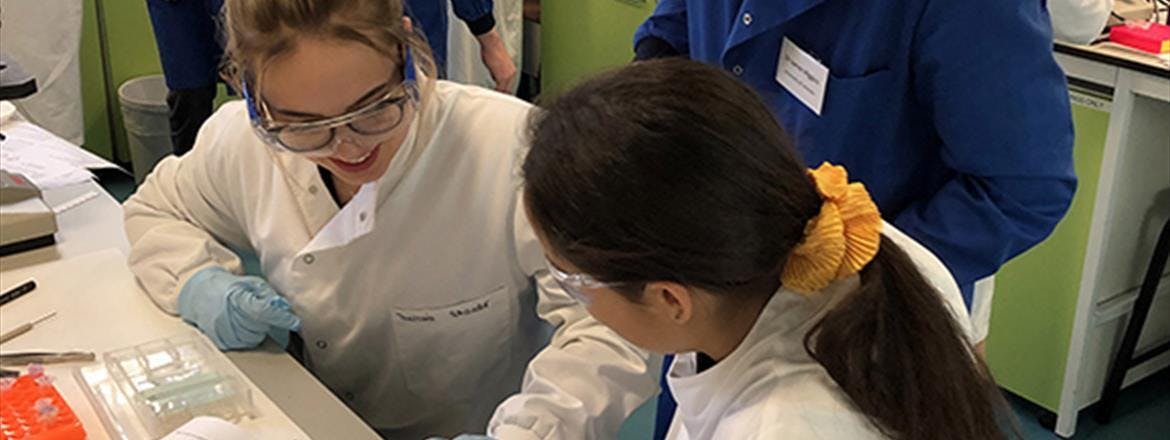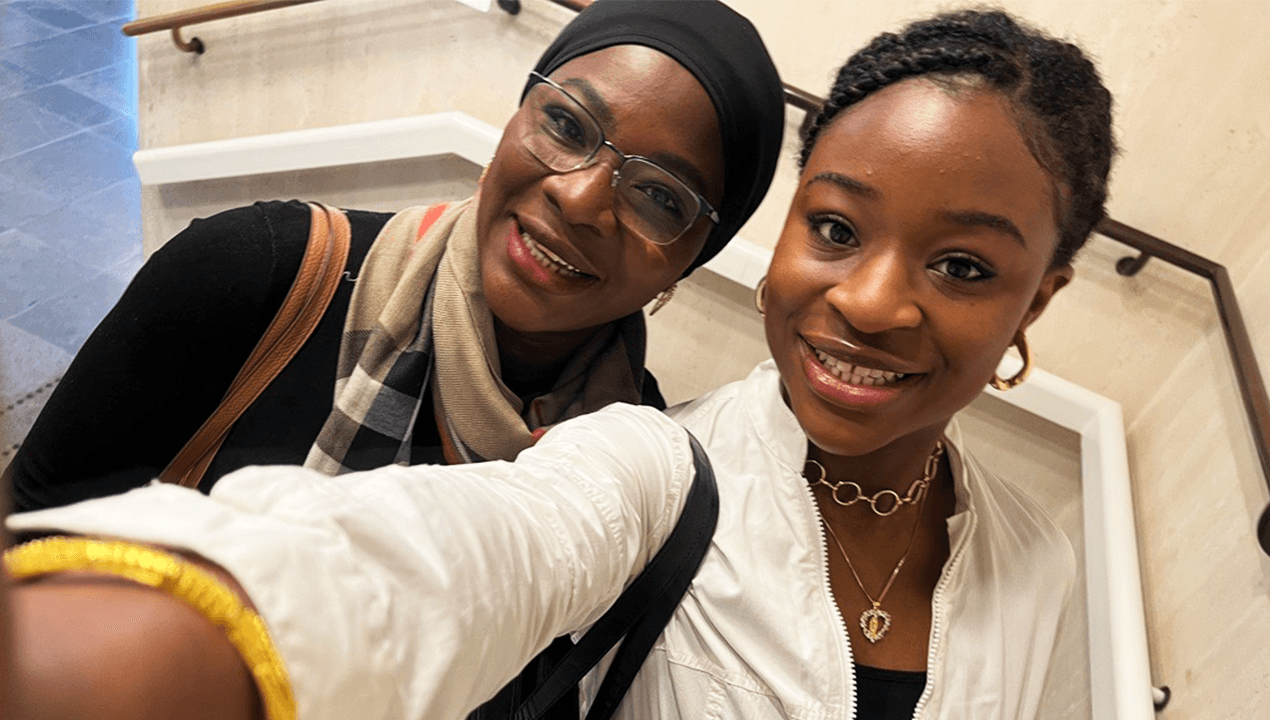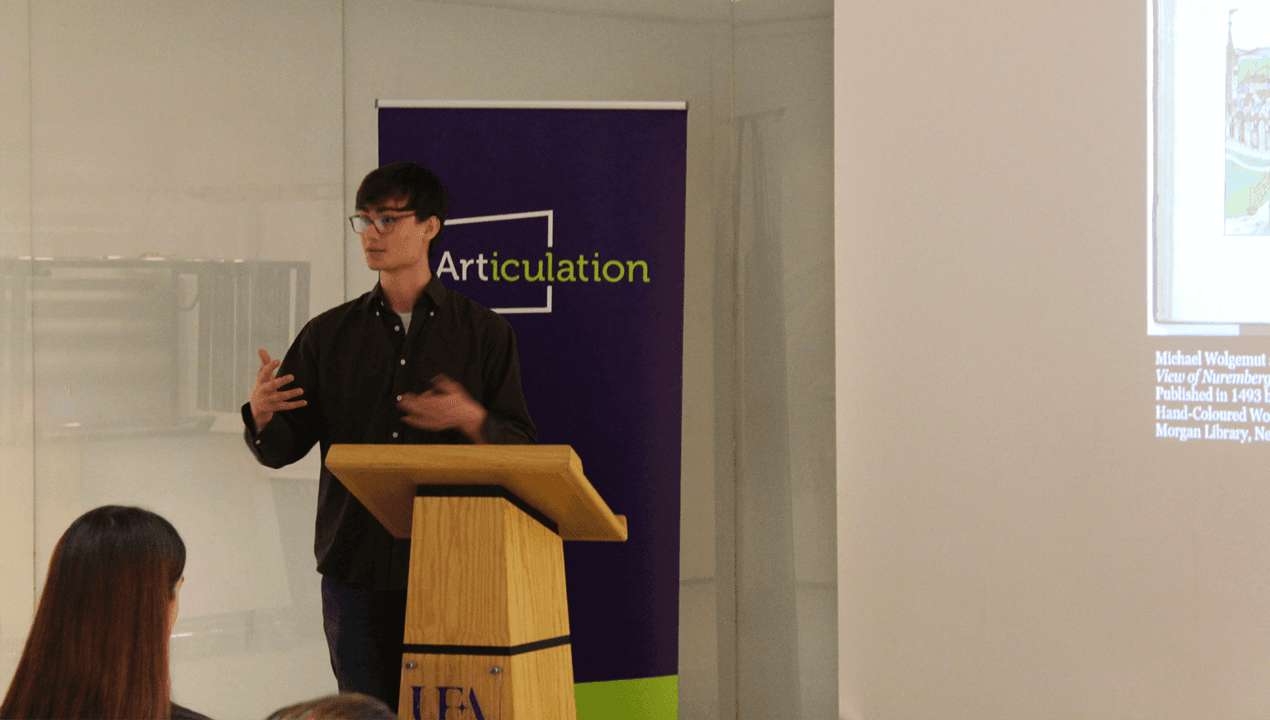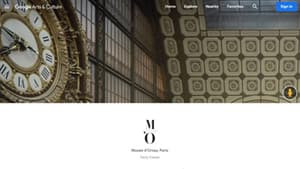

History of Art summer work
Overview
Welcome to History of Art at Hills Road!
The work
The task below is designed to build your visual awareness of art and architecture and get you thinking about how we see the world around us.
The Task
Please choose THREE different artworks by three different artists. You should try to look at one painting, a piece of sculpture and one piece of architecture.
It’s great if you choose artworks or buildings you’ve seen in person, but it’s not essential—especially if they’re hard to access (see gallery visit notes below).
Key Instructions
How to Present Your Work
Type your work as a Word document (or similar). You might find it helpful to jot down notes by hand first.
For each artwork or building, include:
- Artist or architect’s name
- Full title of the work
- Date it was made
- Location (for architecture)
- An image
Then, write brief bullet points (around 10 per piece) using these prompts:
1. Description
What does the artwork show? Recognisable figures? Landscape? For buildings — what’s the size, shape, or style? Is it decorative or plain? Try to spot features like columns or pediments.
2. Materials & Techniques
What’s it made of? How do the materials affect its look or meaning? For sculptures, explore materials like bronze or marble. For paintings, look at brushwork — e.g. impasto (thick paint).
3. Composition & Colour
Is the work balanced or uneven? How does your eye move across it? What colours are used — warm, cool, bold, subtle?
4. Light & Tone
How is light used? Does it create drama or depth?
5. Space & Depth
How does the artist create a sense of 3D space?
6. Context
What inspired the artist or architect? Is it linked to history, politics, or culture? Does it reflect its time or go against it?
Feel free to include anything else you find interesting!
Digital resources
Below is a selection of digital resources that will help you to get prepared and ready to study A level History of Art.
Recommended course book
| Book title | AN INTRODUCTION TO 19TH C ART | MICHELE FACOS (Yr 2) |
|---|---|
| ISBN | 9780415780728 |
| Digital version | Yes |
| Book title | HISTORY OF MODERN ART | ARANSON & MANSFIELD (Yr 2) |
|---|---|
| ISBN | 9780205259472 |
| Digital version | Yes |
| Book title | ART THEORY 1815-1900 | HARRISON, WOOD, GAIGER (Yr2) |
|---|---|
| ISBN | 9780631200666 |
| Digital version | Yes |
| Book title | ART THEORY 1900-1945 | HARRISON, WOOD (Yr2) |
|---|---|
| ISBN | 9780631227083 |
| Digital version | Yes |
| Book title | A WORLD HISTORY OF ART | HONOUR AND FLEMING |
|---|---|
| ISBN | 9781856694513 |
| Digital version | Yes |


